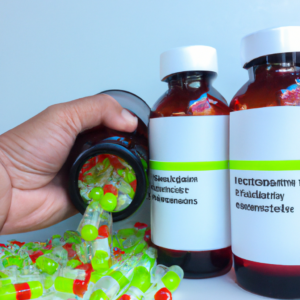Eyes are one of the most expressive and fascinating features of the human body. They come in a variety of colors, from the common brown to the rarest green. Have you ever wondered which eye color is the most common or rare? In this article, we will explore some surprising stats about eye colors and reveal some fascinating facts that you may not know.
The Truth About Eye Colors: From Common to Rare
Brown eyes are the most common eye color in the world, making up approximately 79% of the global population. It is believed that the high concentration of melanin in the iris is responsible for the brown color. Blue eyes, on the other hand, are quite rare, making up only 8% of the population. It is caused by a lack of melanin in the iris, which reflects light differently. Green eyes are even rarer, accounting for only 2% of the global population.
Interestingly, some people have a unique eye color that cannot be defined by the standard categories. These individuals have a mix of different colors, such as green and blue or brown and green. This condition is known as heterochromia, and it is estimated to affect only 1% of the population. Heterochromia can be caused by genetics, injury, or disease.
Did You Know? Surprising Facts About Eye Colors
Did you know that the color of your eyes can affect your vision? People with lighter eye colors, such as blue or gray, are more sensitive to bright light and may need to wear sunglasses more often. In contrast, individuals with darker eyes have more melanin, which can protect against harmful UV rays.
Eye color can also be an indicator of personality traits. Studies have suggested that people with brown eyes are perceived as more trustworthy and dependable, while those with blue eyes are seen as more intelligent and creative. Green-eyed individuals are often associated with jealousy and possessiveness.
In conclusion, eye colors are not just fascinating but also tell us a lot about genetics, personality, and even health. Whether you have the most common brown eyes or the rarest green, your eyes are one of a kind and beautiful. So, next time you see someone with a different eye color, remember to appreciate the diversity and uniqueness of this amazing feature.

